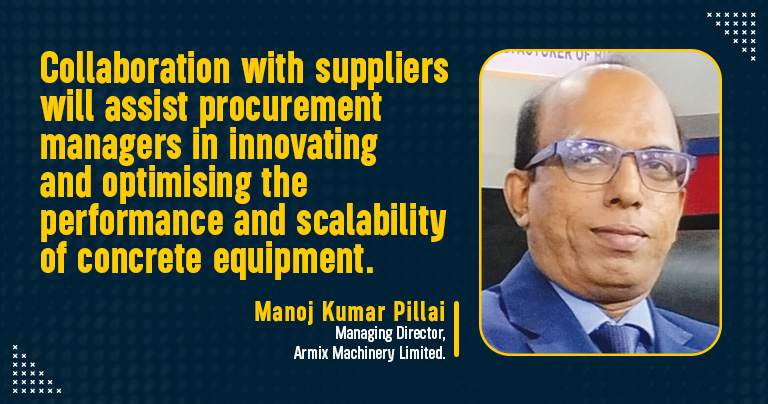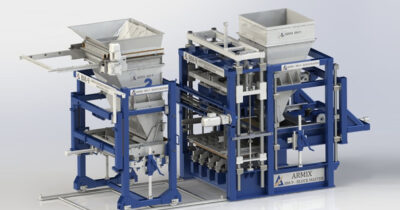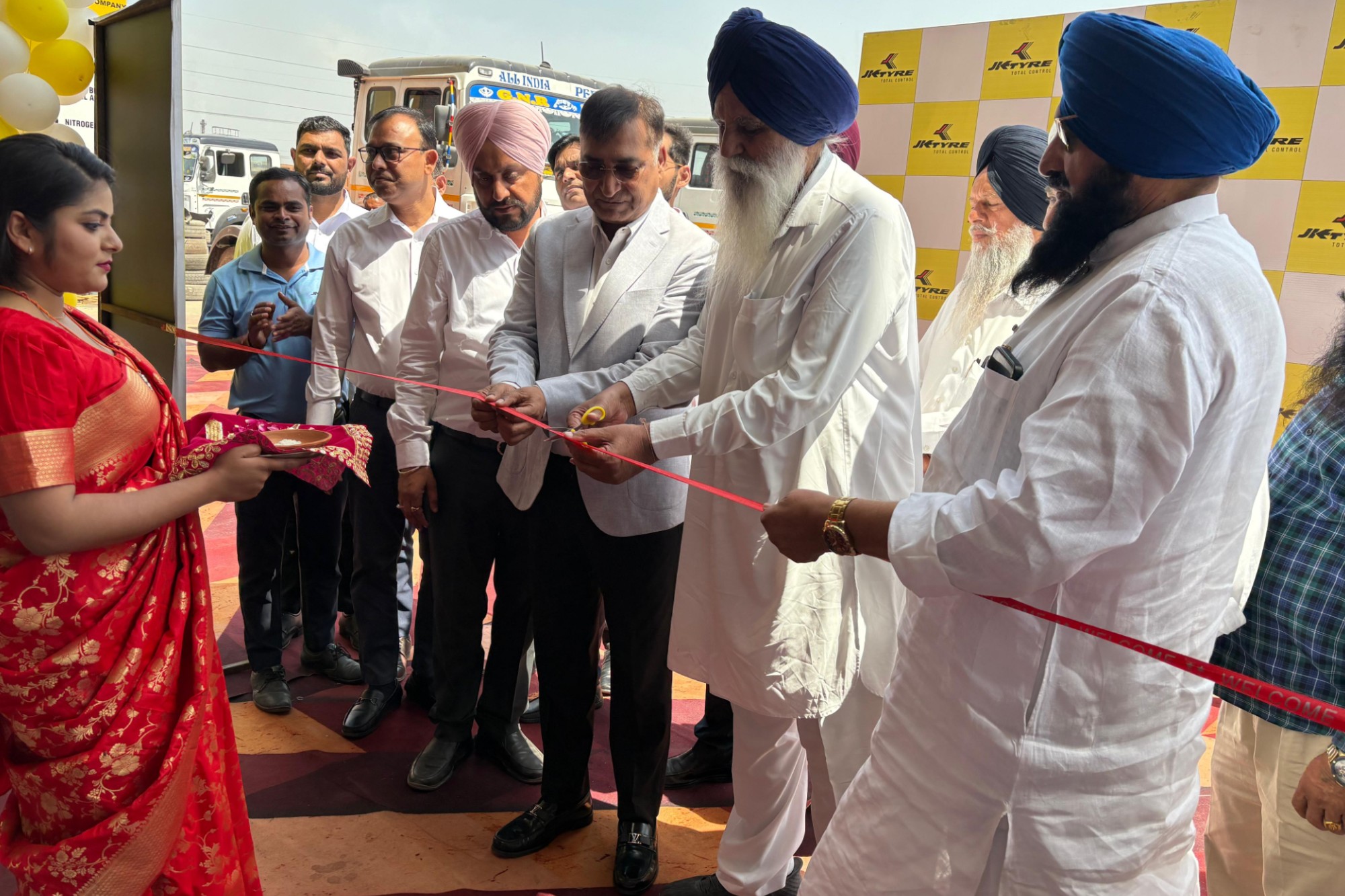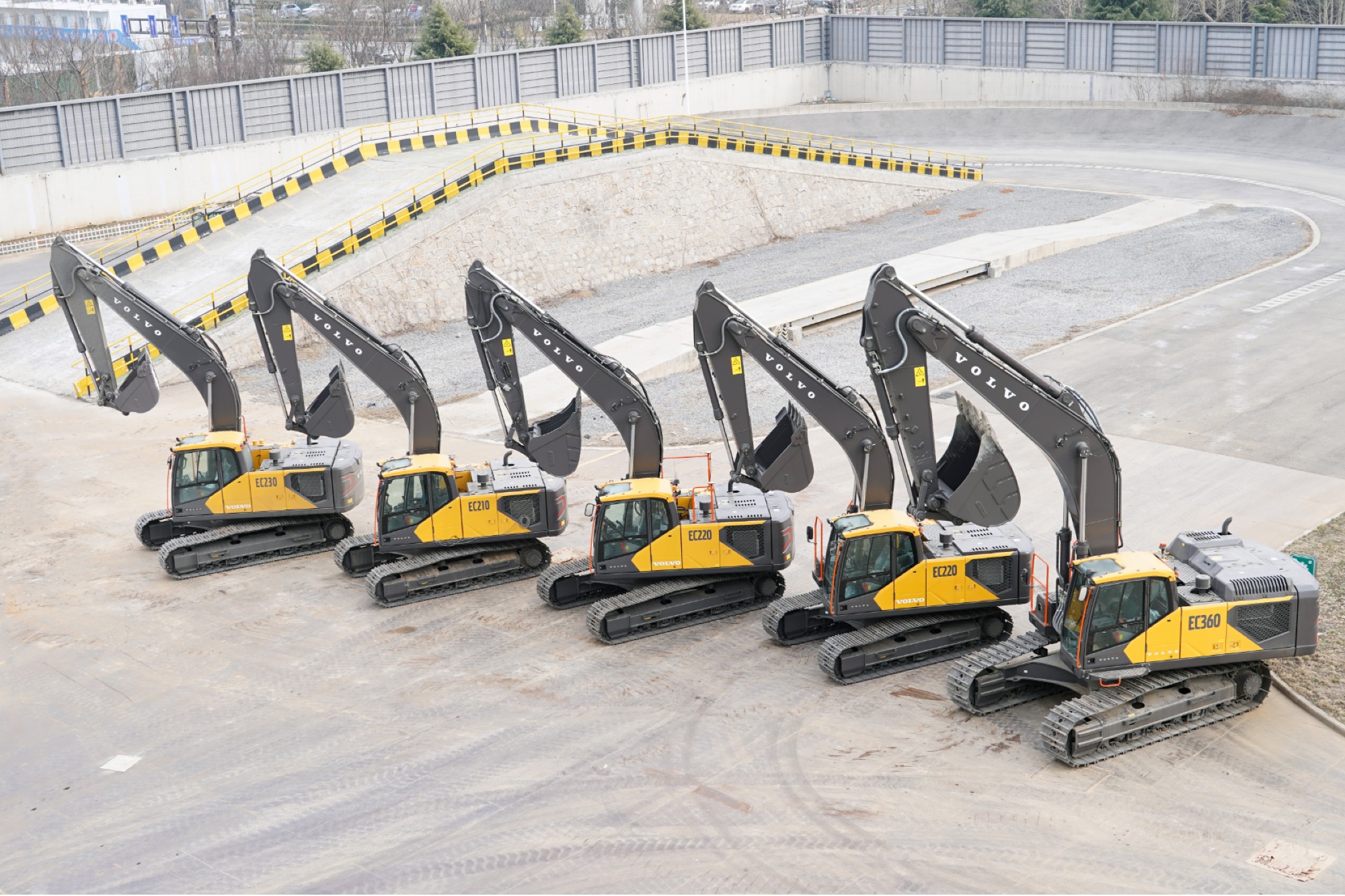The sector looks for sophisticated concrete equipment to drive economic growth
By Edit Team | May 9, 2023 12:25 pm SHARE

Collaboration with suppliers will assist procurement managers in innovating and optimising the performance and scalability of concrete equipment.
Indian infrastructure investments drive demand for advanced concrete equipment. Procurement managers must innovate and optimise performance while maintaining affordability, says Manoj Kumar Pillai of Armix Machinery.
How has the procurement process for concrete equipment in the Indian construction and infrastructure sectors evolved over the past decade, and what are the key drivers of this change?
The procurement process in the construction industry in India is based on multiple factors ranging from location, timeline, weather conditions, and other external factors. In the last couple of decades, this has been at a very slow pace. In the present situation, multiple drivers are the boosting factors for the industry concerning overall economic growth. The market is generally very positive with foreign investments, including remittances and government initiatives about the infrastructure network, including airports, sea ports, national highways, border roads, railway connectivity, and the power sector.

What are the effects of technology and innovation on procuring concrete equipment in Indian construction?
In today’s global economy, everything is interconnected, and technologies are reaching India quickly. Social media connectivity, availability, and data transfer make it easy to spur growth. Construction is the backbone of any economy, and infrastructure development is inevitable. We need to move with the demand and maintain quality and affordability. Moreover, the Indian government has been investing heavily in infrastructure development to fuel economic growth. This has led to an increased demand for advanced concrete equipment and technology. To keep pace with this demand, Indian procurement managers need to collaborate with suppliers to innovate and optimise the scalability and performance of the equipment while maintaining high standards of quality and affordability. The adoption of new technologies and innovations is crucial to achieving these goals.
What steps can procurement managers take to overcome these challenges and ensure the success of their projects?
The major challenge procurement managers face the pressure on pricing compared to Chinese and local suppliers, as well as potential delivery and quality-related issues that may arise during the project’s completion. Another area for improvement could be service and parts availability, as many primary contractors depend on subsuppliers to meet project timelines. The combined effect of these factors can result in delays and cost overruns, negatively impacting the overall project timeline.
What measures can the government take to ensure a more self-sufficient and robust steel industry in the long term?
Despite being a leading steel producer and exporter of iron ores, there is still considerable room for improvement in the overall supply chain, quality, and technology. This is evident in our continued reliance on imported steel to manufacture high-quality equipment. However, with the government taking positive steps to address the chip issue that has plagued us recently, we are optimistic about significant improvements shortly.
For more details visit: https://armixmachinery.com/
Cookie Consent
We use cookies to personalize your experience. By continuing to visit this website you agree to our Terms & Conditions, Privacy Policy and Cookie Policy.






















































